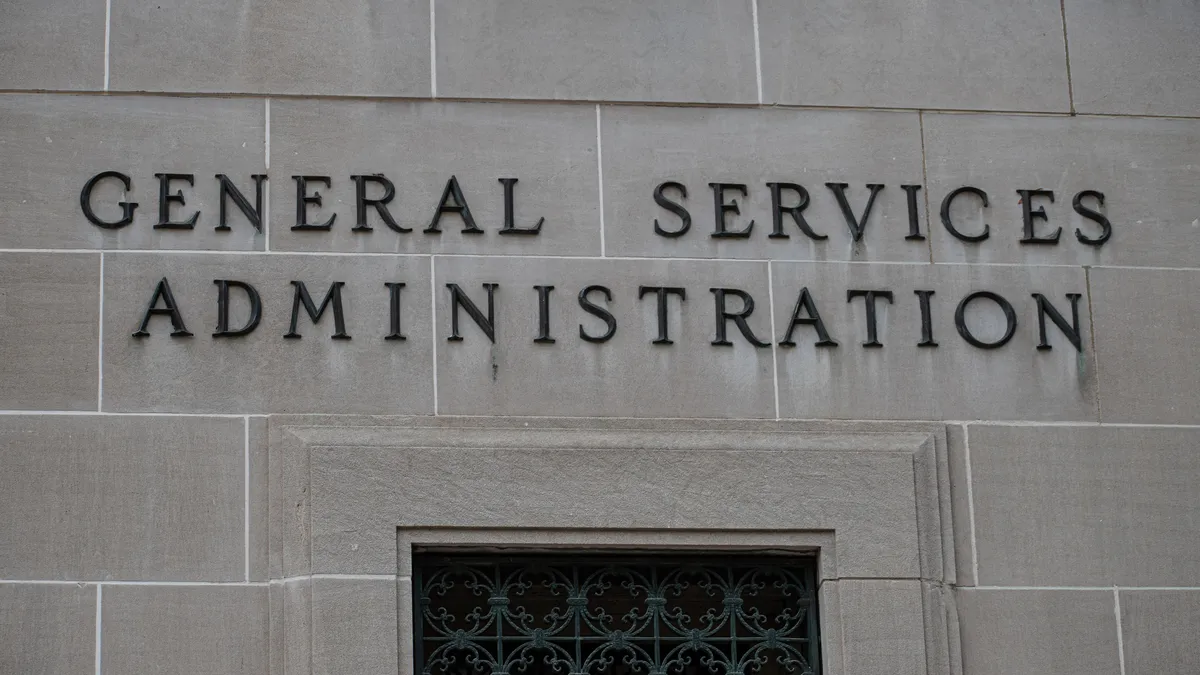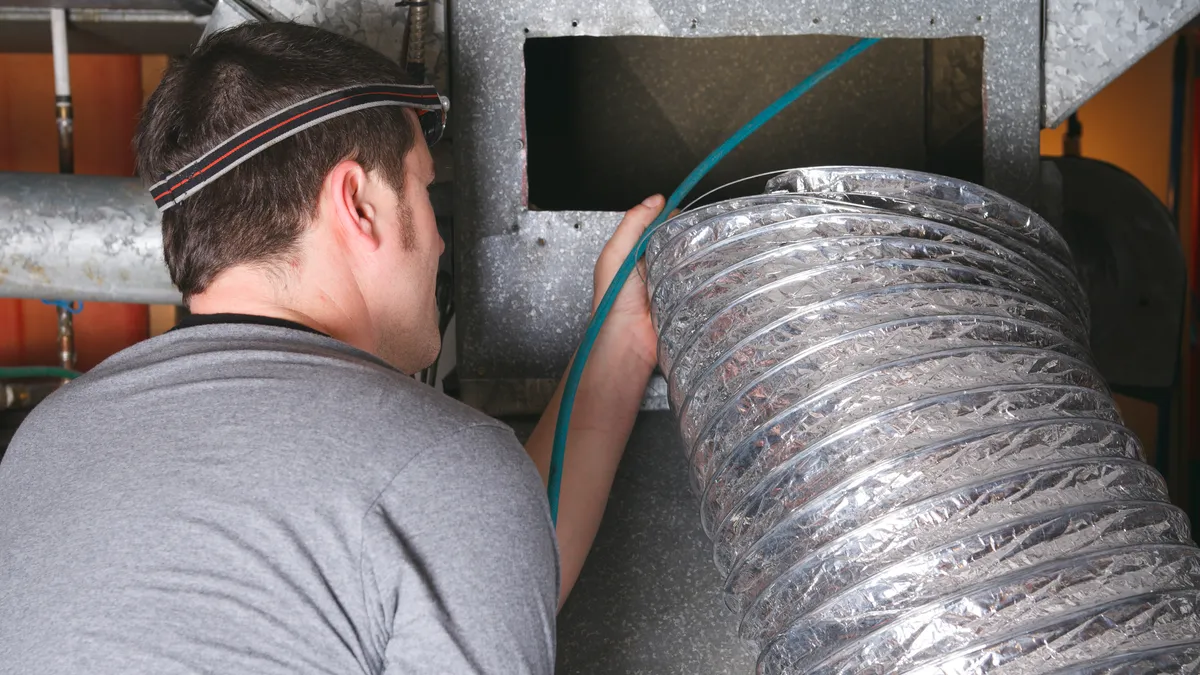Dive Brief:
- The U.S. General Services Administration has selected nZero as the first carbon tracking software for use in federal buildings as part of its Green Proving Ground program, according to a release.
- nZero will provide real-time carbon management and accounting for the GPG program, funded via $30 million from the Inflation Reduction Act, to test novel sustainability technologies.
- By providing this carbon tracking data, nZero says the GSA will be able to strengthen its evaluation and investment in technologies that benefit its extensive real estate portfolio.
Dive Insight:
nZero’s carbon accounting and management platform pulls real-time data from utility meters, building information and facility management systems as well as vehicle telemetry and accounts payable information. The software then aggregates that data into a proprietary carbon data model. This process aims to automate all emission points from an organization’s operational footprint and provide an analysis of scope 1, 2 and 3 emissions to streamline carbon emission reporting and sustainability goal tracking.
While the Green Proving Ground traditionally looked at hardware solutions to reduce emissions and advance sustainability goals, this partnership marks the implementation of software as an emission reduction solution for the first time, nZero co-founder and CEO Adam Kramer told Facilities Dive.
“Being able to scale that is a once-in-a-lifetime opportunity,” Kramer said. “To work with a partner who has as much impact as the GSA does, where we have an opportunity to help them address this and do something… It's a statement to the world that our largest landowner or largest building owner and operator in the federal government is working hard to understand data and keep driving to solutions.”
By working with the GSA, which provides centralized procurement and shared services for the federal government, nZero now has access to a nationwide real estate portfolio of nearly 370 million rentable square feet and more than $75 billion in annual contracts.
“We're getting access to a portfolio of buildings that the GSA is currently operating, and they're asking us to look at what the impact is,” Kramer told Facilities Dive, noting that performing real-time emission accounting exercises enables the government to understand impacts on a 24/7 basis.
“Our proposal was that we can not only help perform measurement and verification of interventions that they've already done, because of the nature of utility data, but can also look historically to understand building performance prior to and post-intervention, and normalize that—not just for an absolute basis of electric consumption or cost, but also for carbon reduction, and show the variability of that carbon reduction,” he added.
Kramer pointed out that in addition to testing novel technologies that may accelerate the GSA’s efforts to decarbonize federal buildings, the company will be able to identify which historical interventions are most suited to a building’s location, performance type and other asset-specific factors.
“But more importantly, we can help them identify what interventions they want to deploy, with the billions of dollars they have through the Inflation Reduction Act, to drive further [emissions] reduction in those buildings, which they are aggressively doing,” he said.













